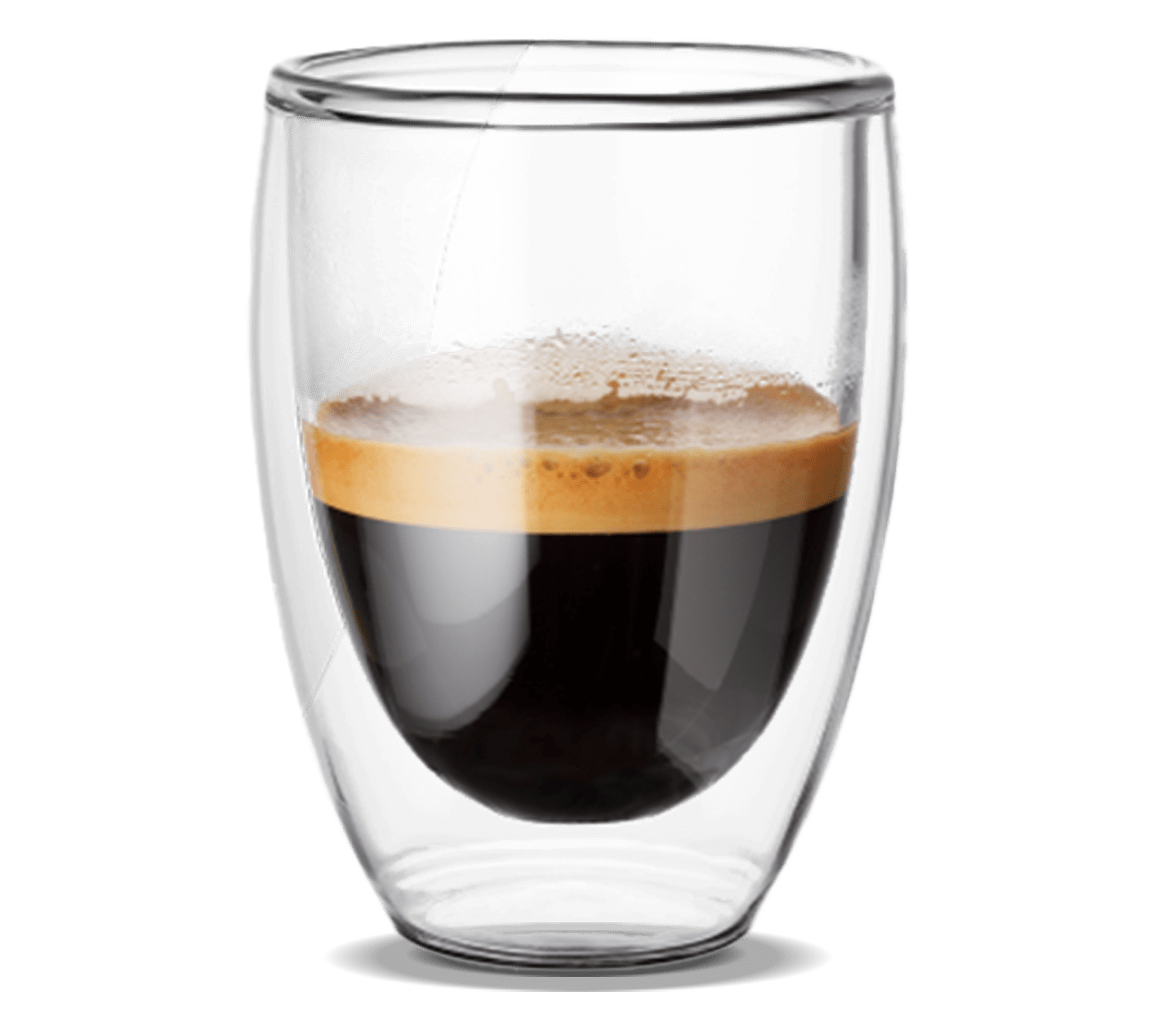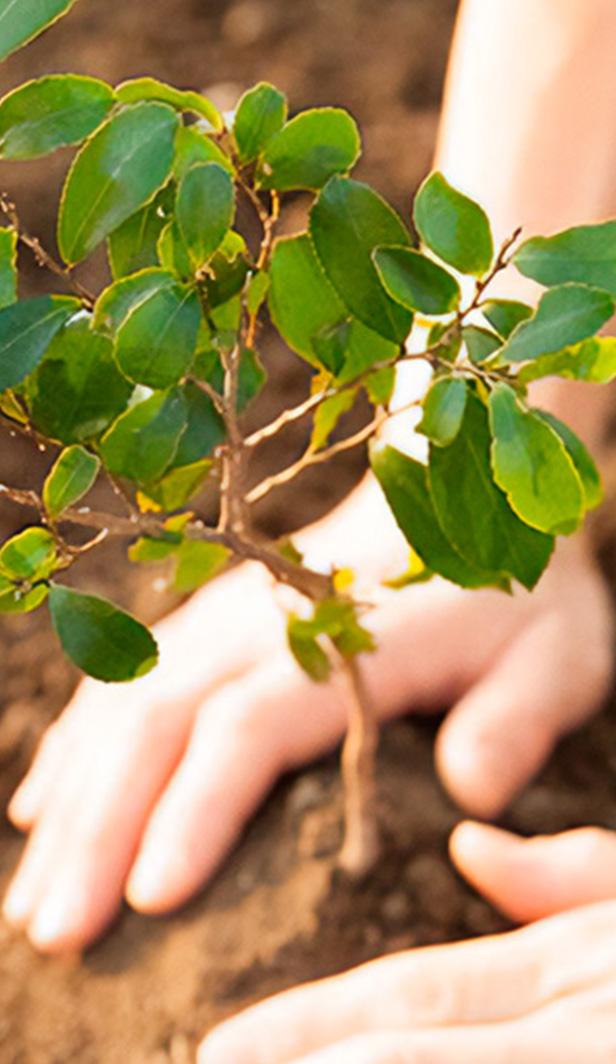Awaken your senses
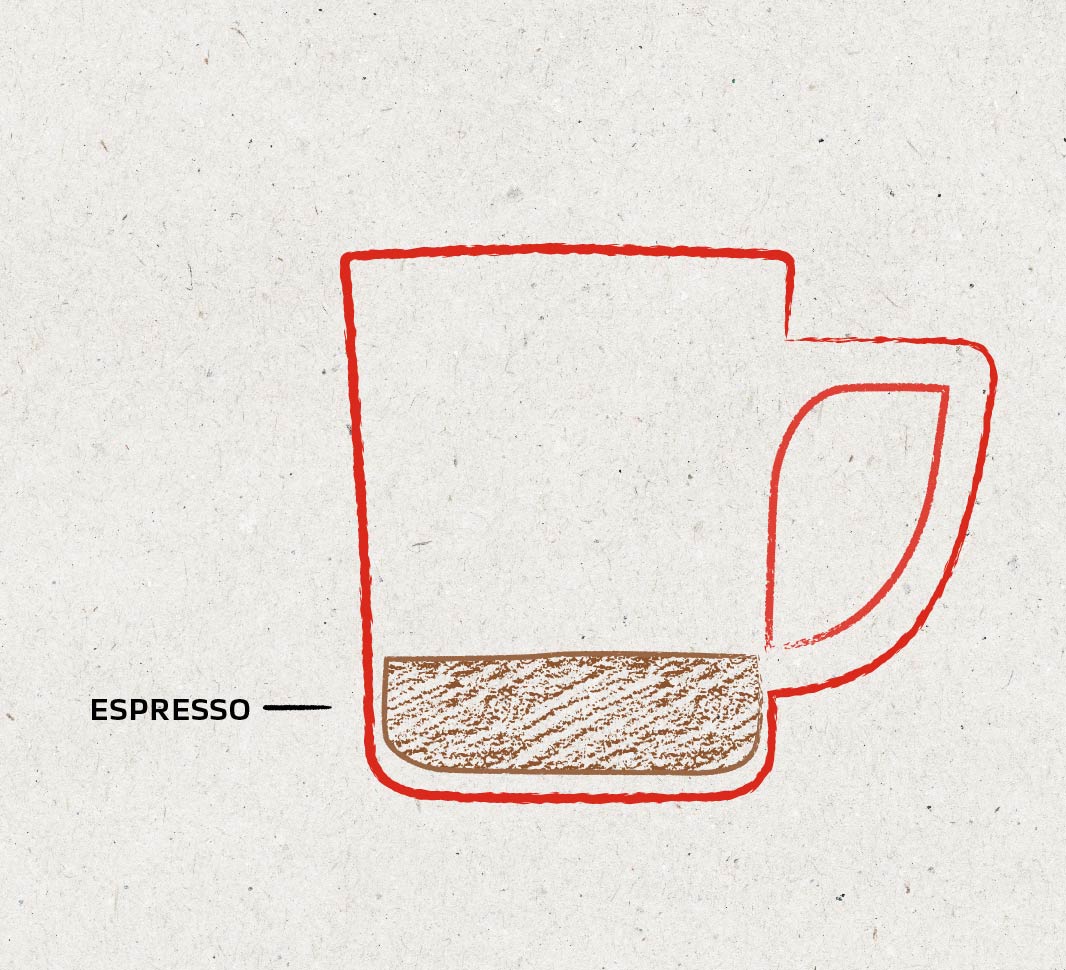
Caffeine content in espresso
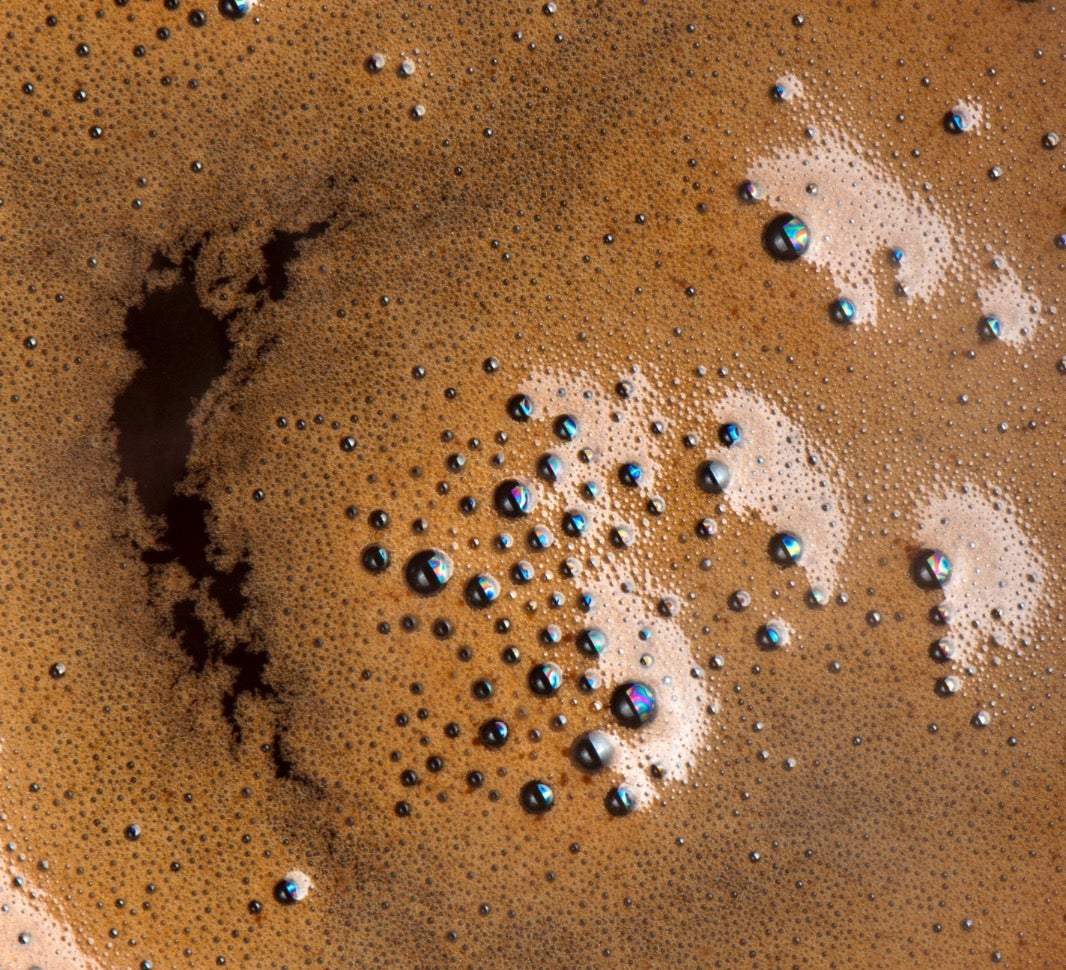
Espresso is known to contain a high caffeine content, but this depends on how much is drunk. It typically contains 29 to 100 mg of caffeine in a shot. A double shot contains 58 to 185 mg of caffeine.
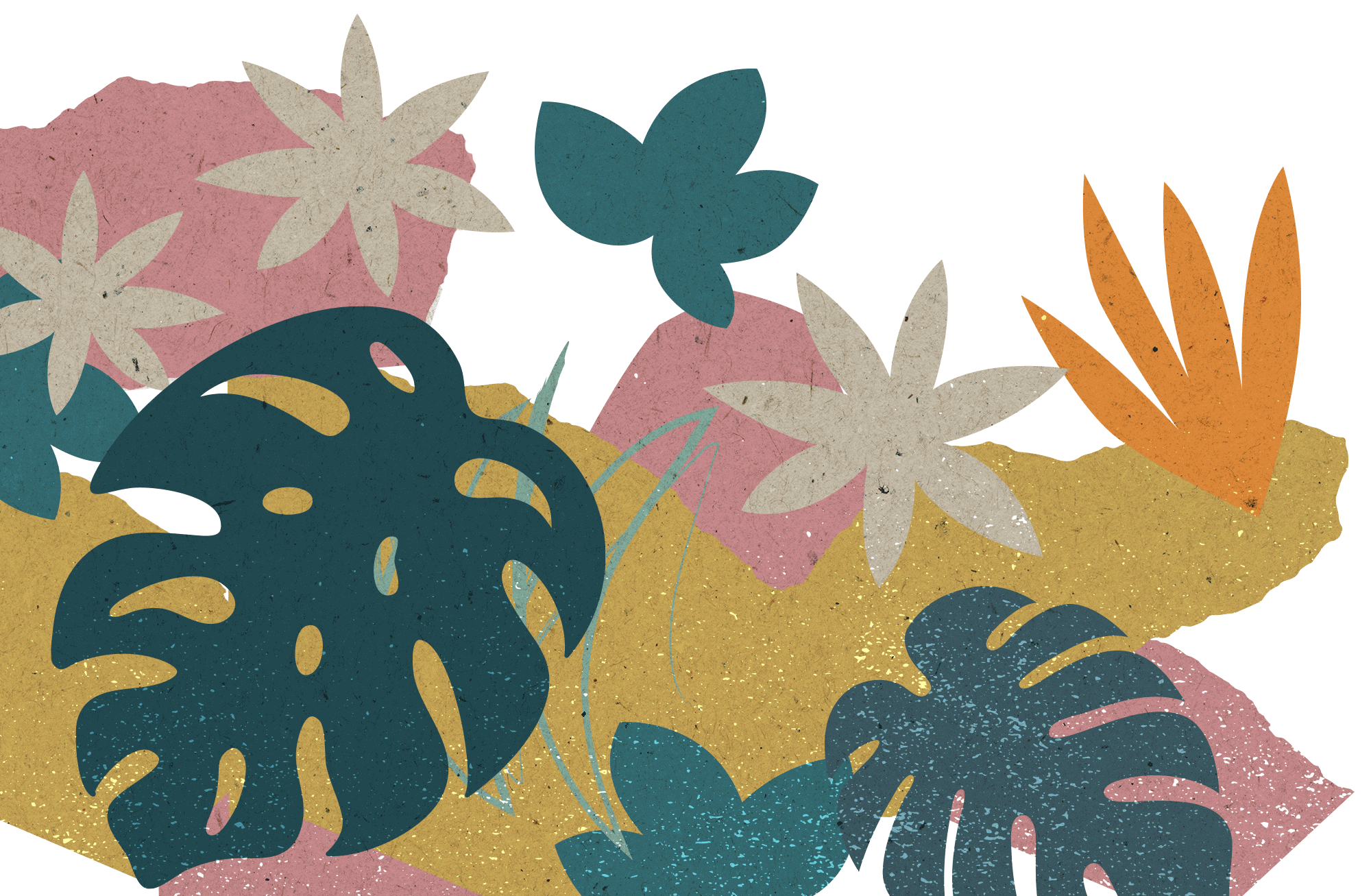
Espresso origins
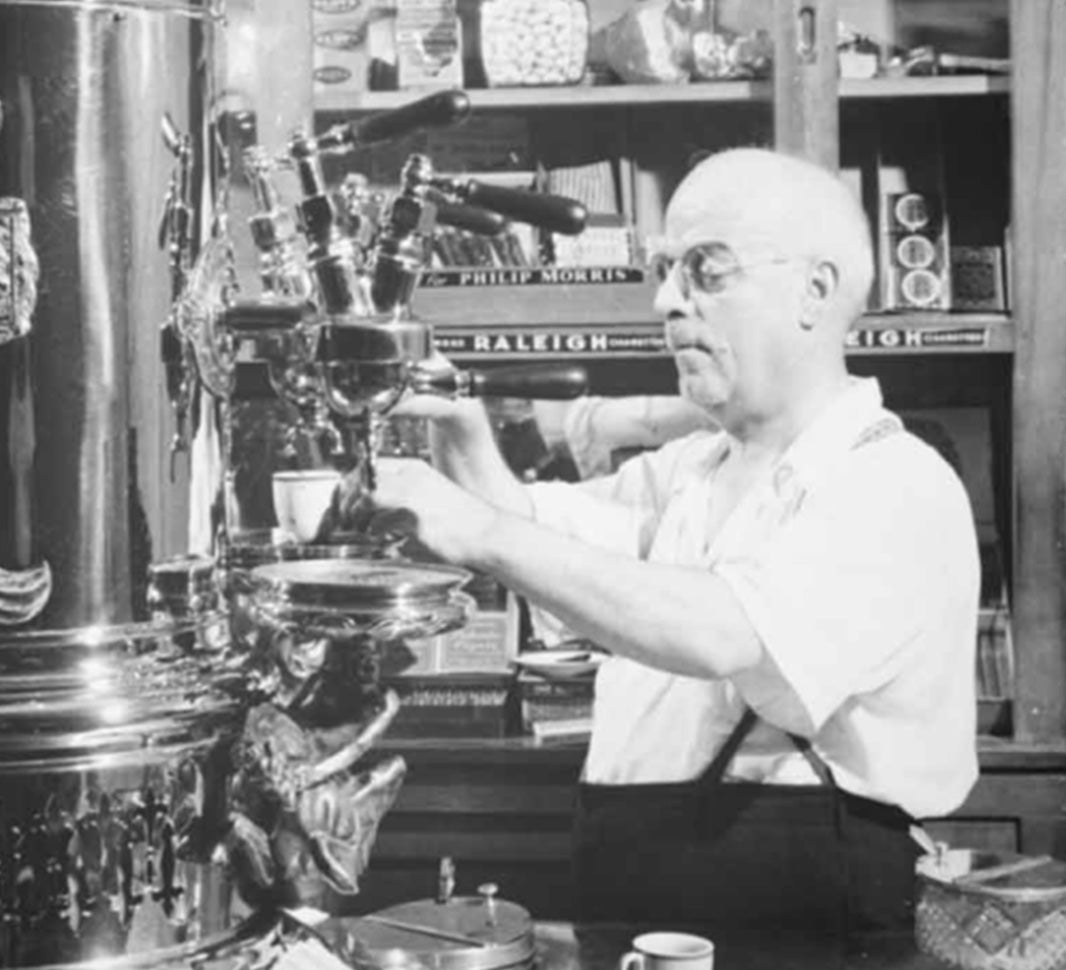
Espresso vs regular coffee - what’s the difference?
Espresso is the base of almost every type of coffee. Baristas making espresso use water under high amounts of pressure to force its way through compacted ground coffee, which makes a thick, syrupy liquid, with a gorgeous light brown foam layer on top, called the crema. That's the main difference - other coffee types rely on a slower filtering process, allowing hot water to slowly sift through coffee grounds. Espresso also relies on a much finer bean grind, while regular coffee works perfectly with medium ground beans.
Now that you know what an espresso is, discover NESCAFÉ® instant espresso here.
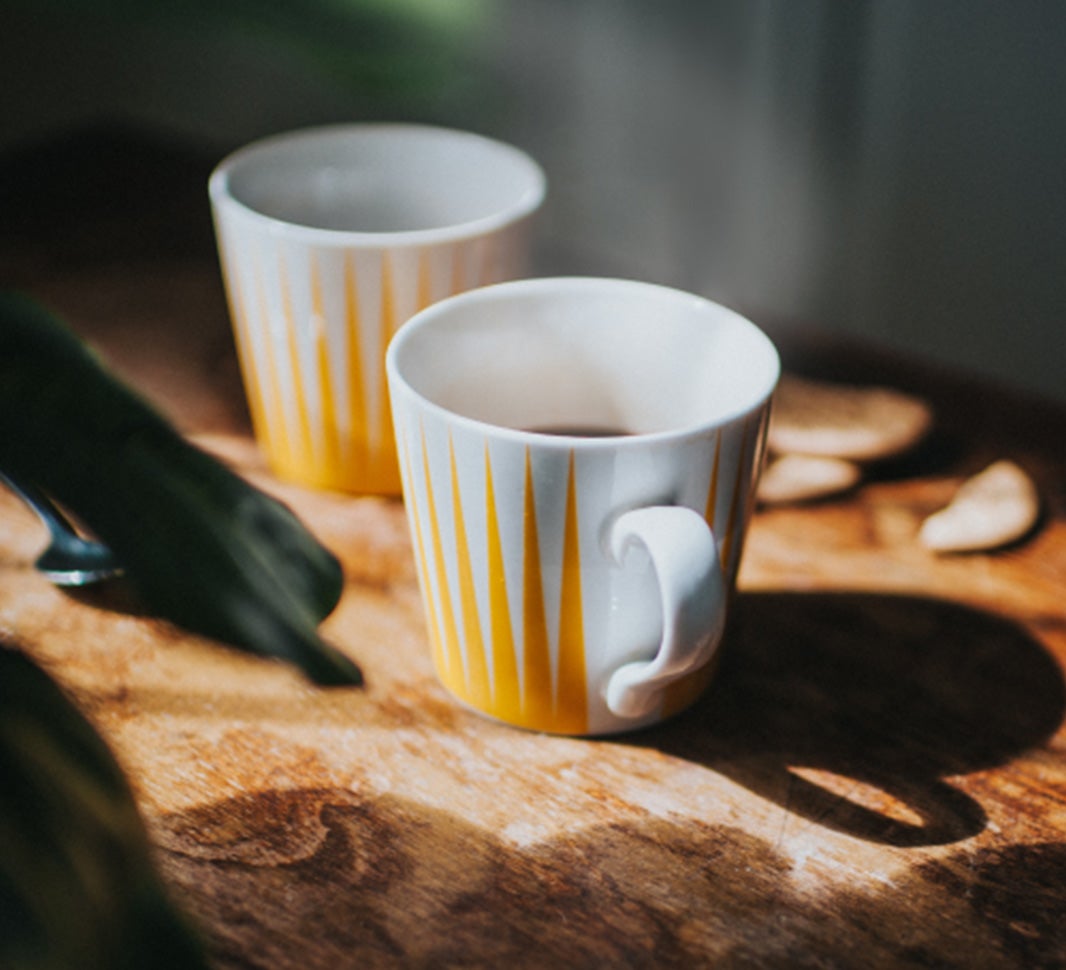
Today’s community favourites


